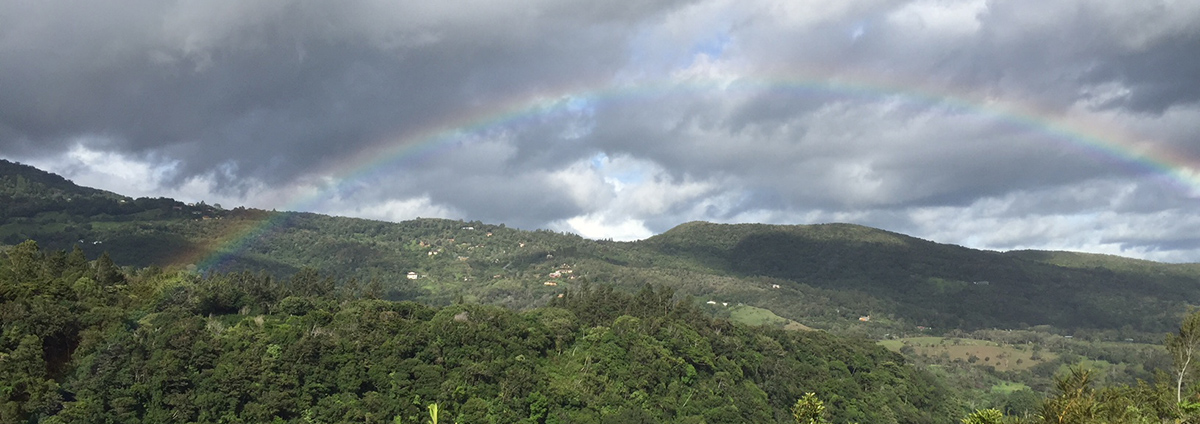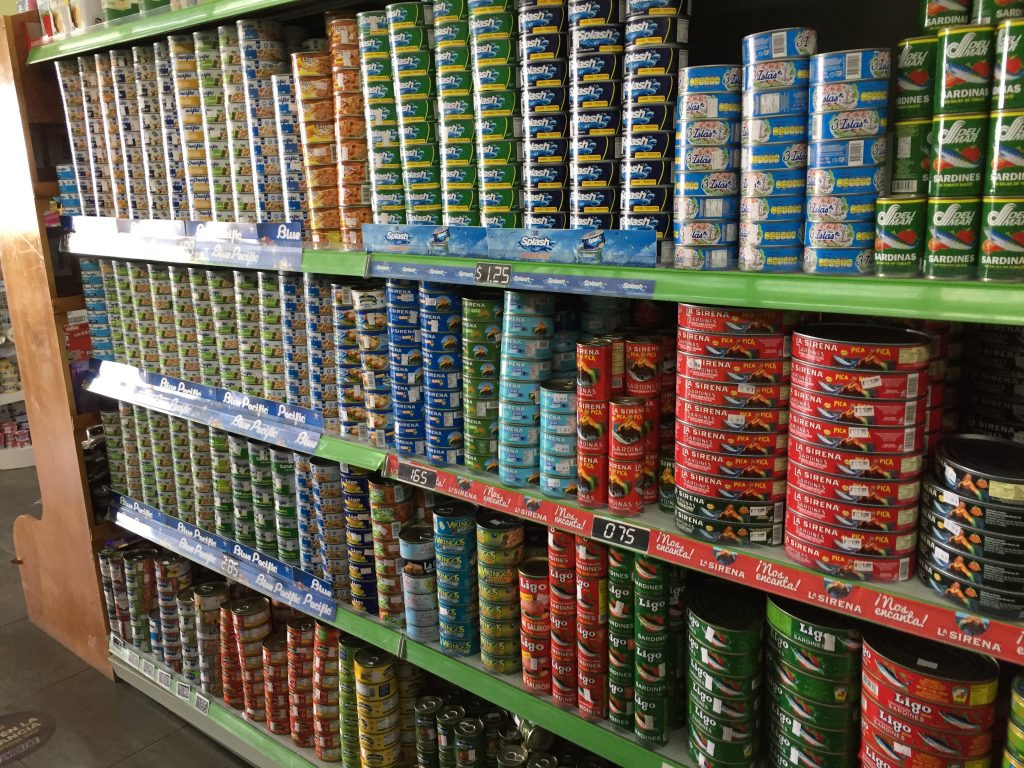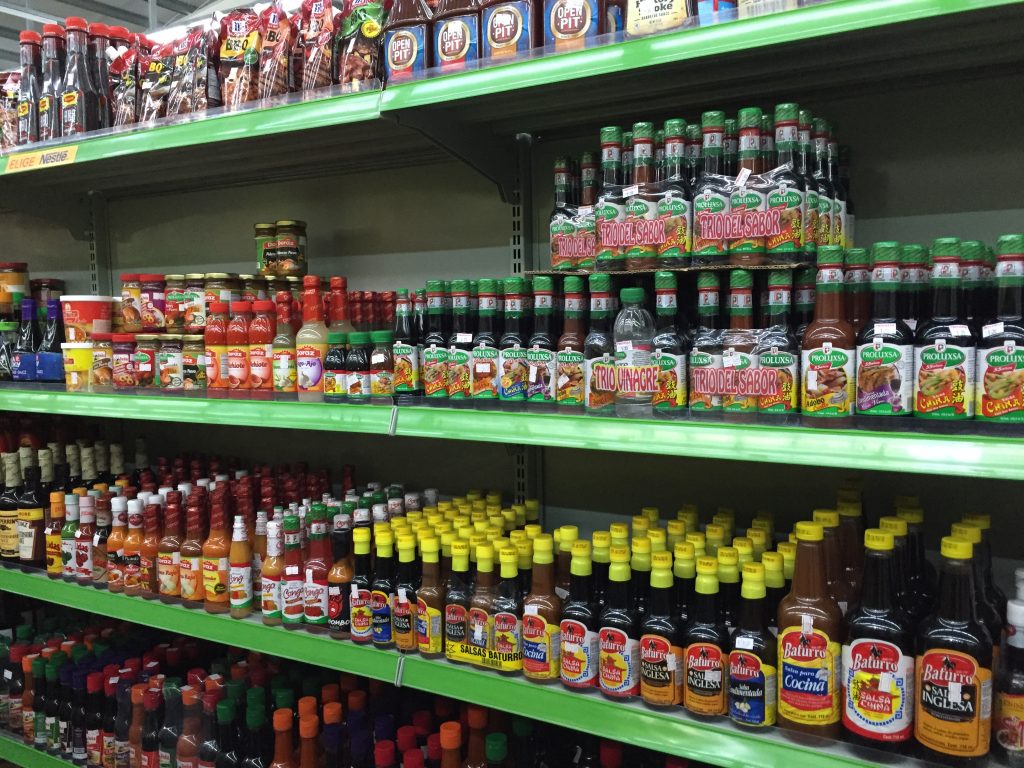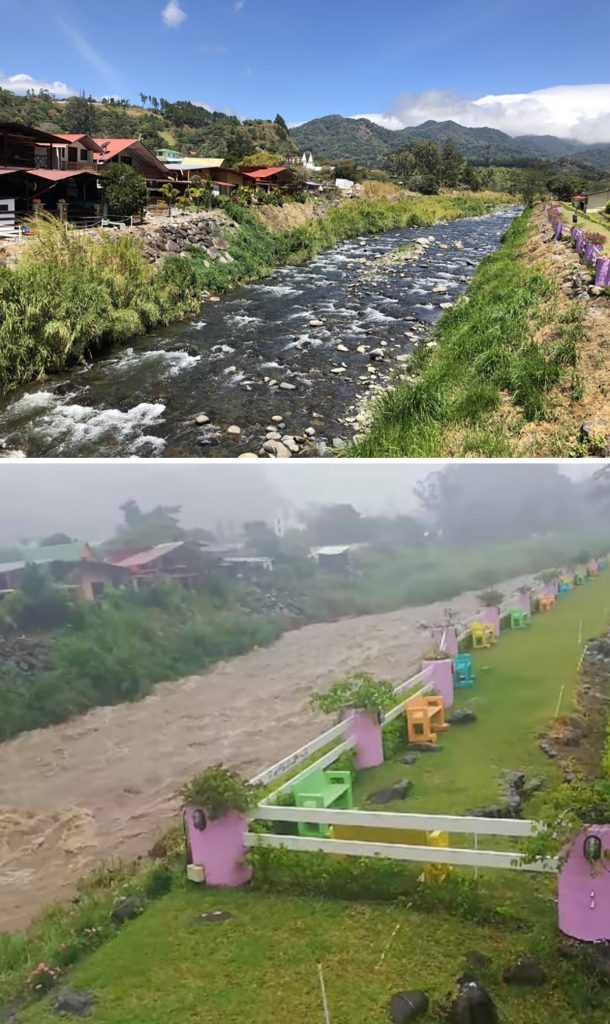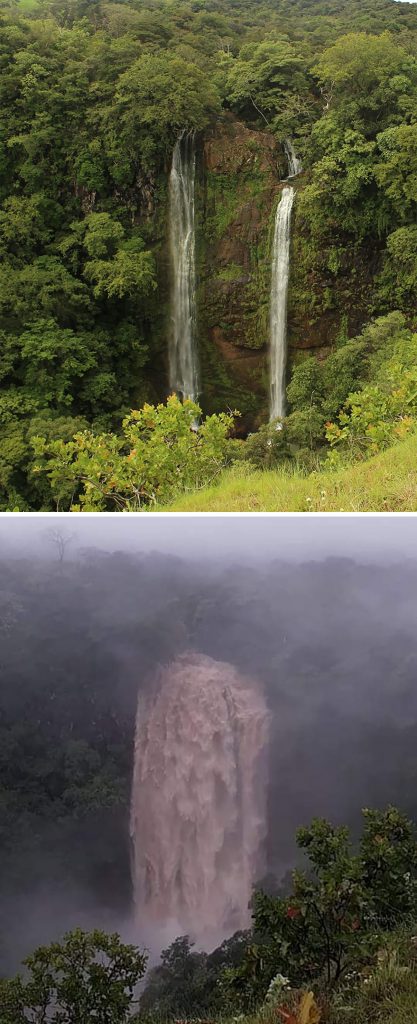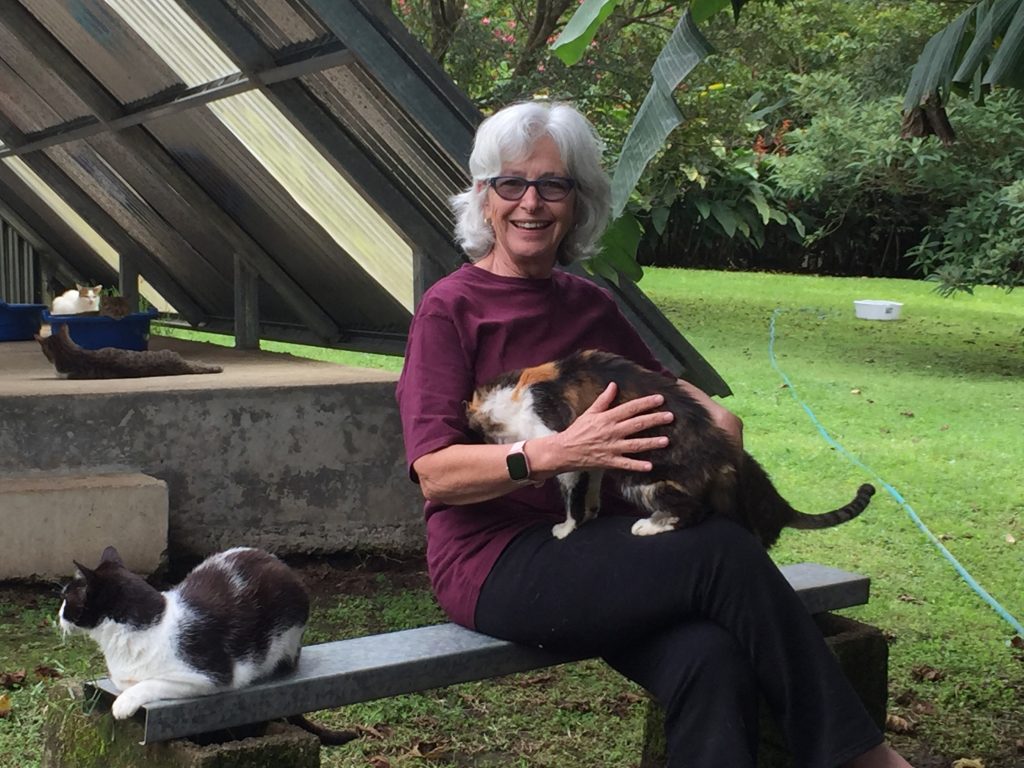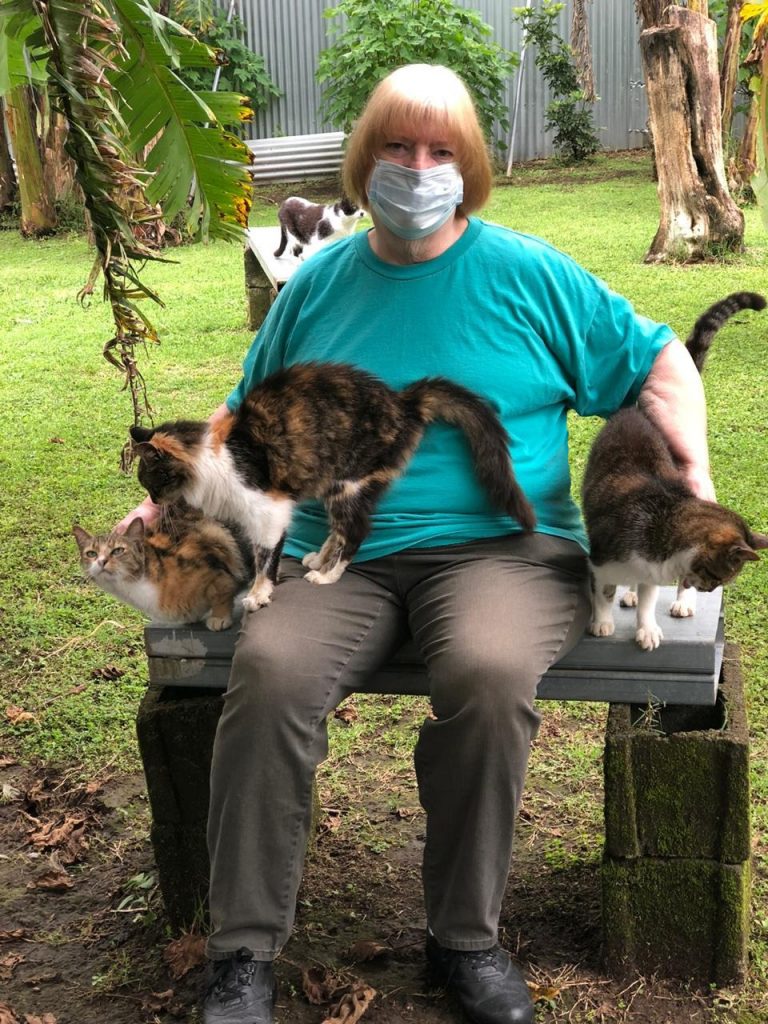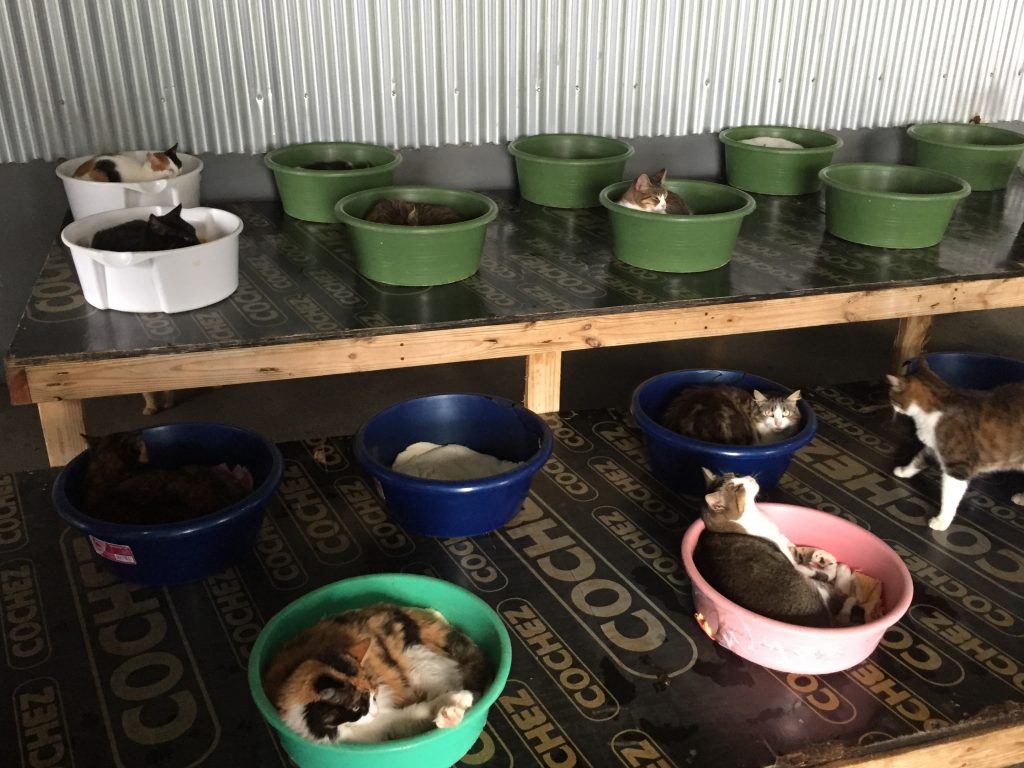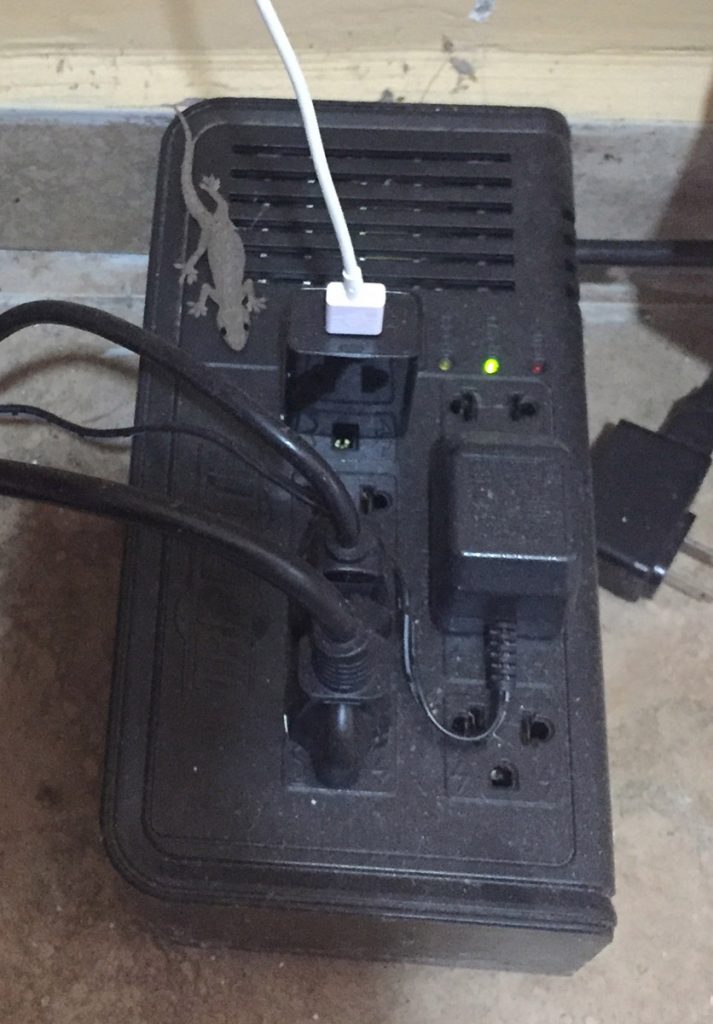When grocery shopping, some items are difficult to find, and others seem to be ridiculously overabundant.
At Thanksgiving, I like to make sage dressing. Well, sage is one of those hard-to-find items. I looked in several stores, both in Boquete and David, with no luck. I put the word out to friends to keep an eye out for it when they shopped – no luck there, either. One of my friends was in the States before the holidays, and I asked her to tuck a couple of bottles of sage in her luggage on the return trip. The dressing was saved!
Another almost impossible to find grocery item is Ro-Tel canned tomatoes and chiles. Jackie (of Panama Relocation Tours) mentioned on our tour that she couldn’t find any here, so when I moved here, I brought her a few cans. Needless to say, the gift was well received! I have since found them in one of the grocery stores here ONE TIME, so I bought almost all they had because it was likely they’d not be available again soon, if ever.
However, some things go the other way – there seems to be a superfluous amount of certain items. Take tuna, for example – they have canned tuna in oil and water, but also with vegetables and many other varieties I’ve never seen before.
And if you want a sauce to go with your meal, you’re in luck – a huge variety of sauces are available for any taste.
Another grocery item that I found to be a bit strange – an overabundance of nothing but Campbell’s pork & beans! I’m not sure I understand its popularity.
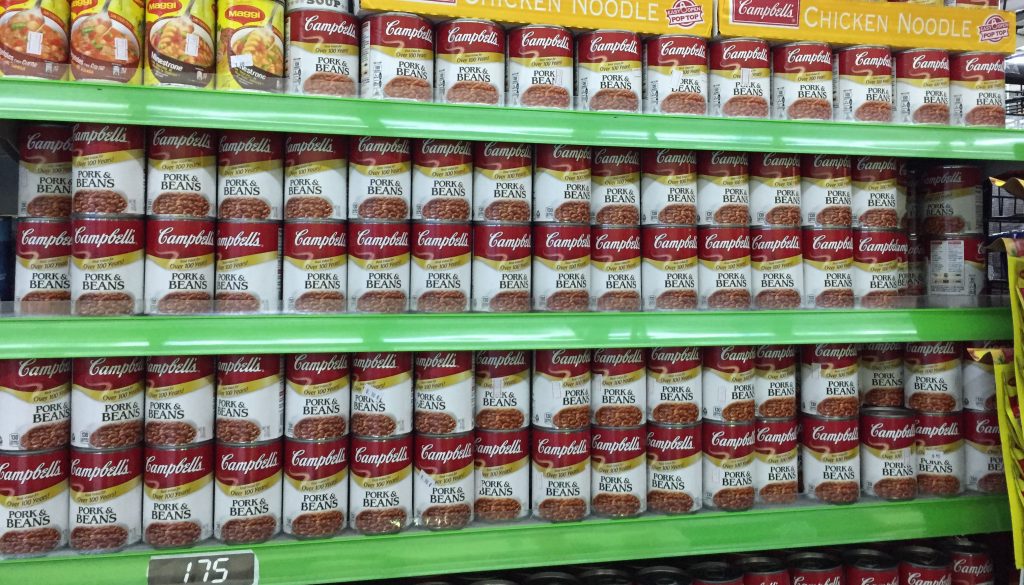
Who knew that this one particular item was so popular in Panama that two and a half shelves should be devoted to it?
And then there’s one of the basics – milk. When I first arrived in Panama, I bought the usual half-gallon of refrigerated milk, like I had purchased in Oklahoma. But I found that after just a couple of days, it began to turn sour, and I threw it out. That got old fast, so I switched to shelf-stable cartons of milk that have a six-month shelf life not requiring refrigeration. My neighbor calls it “plutonium milk” because it’s irradiated, but not having to discard spoiled milk regularly works for me. And apparently it’s a very popular item, because there are pallet-loads of it on the back wall of the store, and another good-sized stack of it in the center aisle!
This final item is not at all surprising – beer! I’m not a beer drinker, but many people here are. Not surprising, because beer is generally cheaper than soda in Panama. In many of the restaurants around town, a Panamanian beer usually costs $1 and a soda is $1.50. But the sheer quantity of beer in the grocery store was amazing to me.
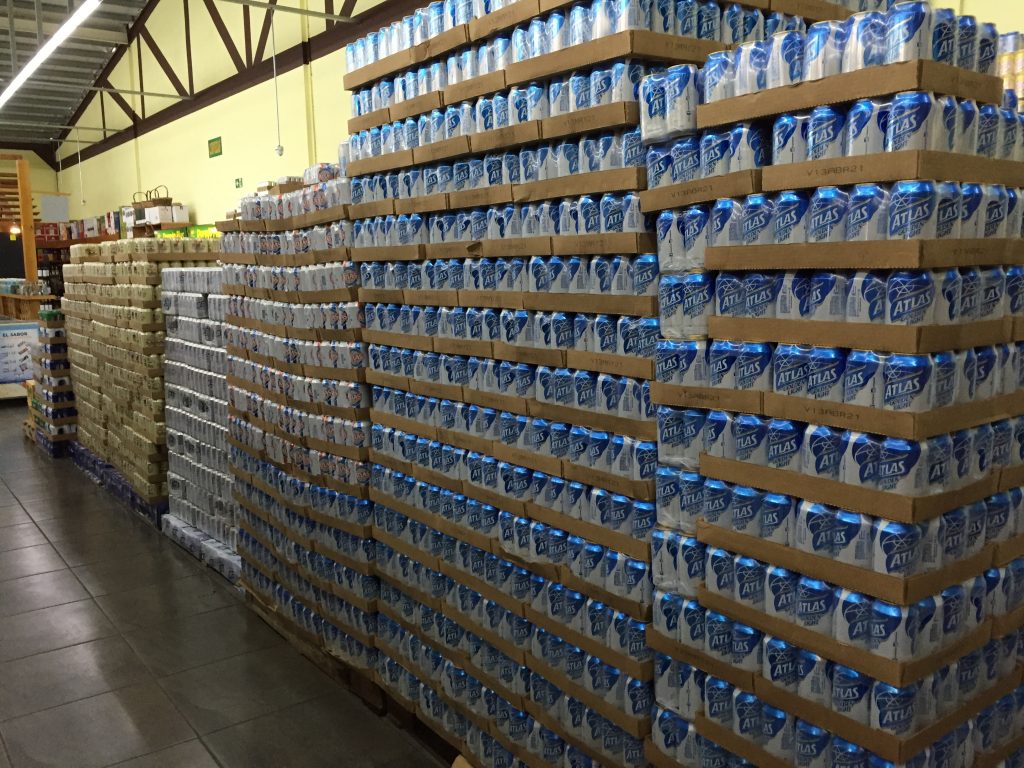
This entire aisle (about 20 feet long and 4 feet wide) is filled with nothing but Panamanian beers – Atlas, Balboa, and Panama brands. Drink up!
So it seems it’s either feast or famine in the grocery store, but 99% of the time you can find an adequate supply of pretty much anything you want in the way of groceries. If you can’t find it in the Boquete stores, it’s probably available in the bigger stores in David, about 30 minutes south of here. I have no complaints!
